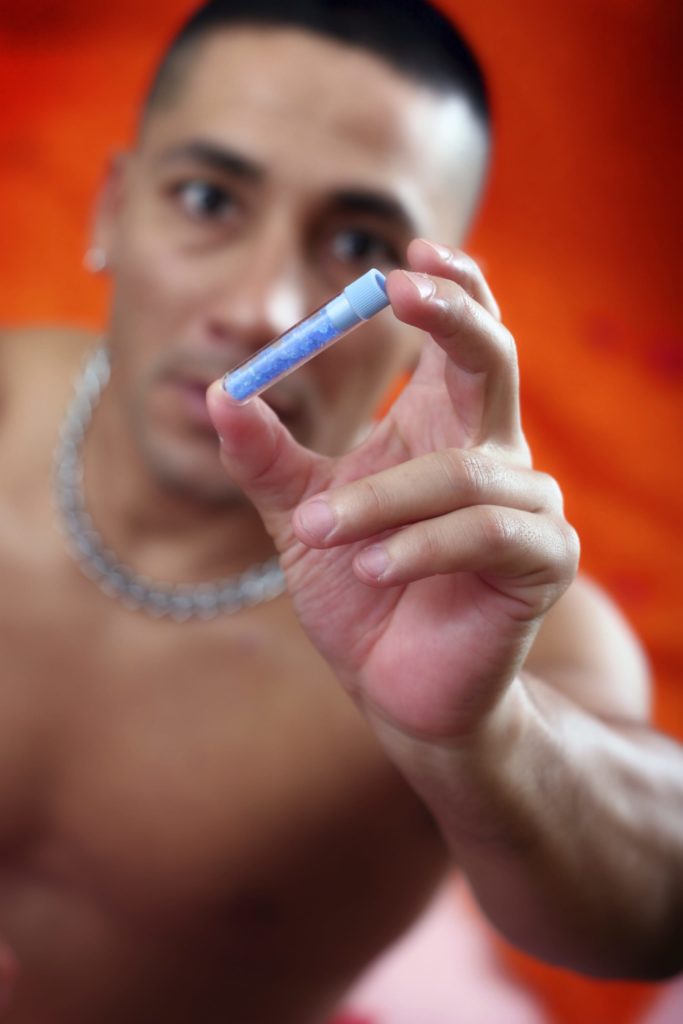Crack cocaine is one of the most powerfully addicting drugs. While regular cocaine is produced as a white powder that is usually inhaled through the nose, crack cocaine is a different, freebase form of cocaine that has been made into a smokeable substance. Because it’s smoked, the effects of crack cocaine are more intense than regular cocaine, and are felt more quickly – in about 10 to 15 seconds. Why is crack so addictive? The large surface area of the lung’s air sacs help the drug after it’s smoked be quickly spread through the bloodstream. Also, because the high is so short-lived, users will often smoke it repeatedly to sustain the high. Crack also affects the brain by changing how neurotransmitters work, which are the chemicals that allow nerve information to be passed along. Dopamine, one of these neurotransmitters, is usually released by neurons in the part of the brain that controls feelings of well-being. In a healthy brain, dopamine goes to a nerve cell’s receptors, causes a reaction in the cell, and then goes back to the neuron that released it. Crack messes up this transfer system. Dopamine builds up in the gap between neurons and will still affect a nerve cell after it should’ve stopped. This is why crack users feel an extra sense of euphoria. Long-term crack use may reduce the amount of dopamine in the brain altogether, and the nerve cells will then need crack to communicate properly. Quitting the drug at this point leads to withdrawal symptoms, which may include depression/anxiety, nausea, and of course an intense craving for the drug. The National Survey on Drug Use and Health estimates that 3.5% of people have tried crack at some point in their lives. If you or a loved one is addicted to crack cocaine, a drug recovery center may help. For more information about cocaine addiction treatment, as well as other addiction treatments, please visit The Right Step today!






